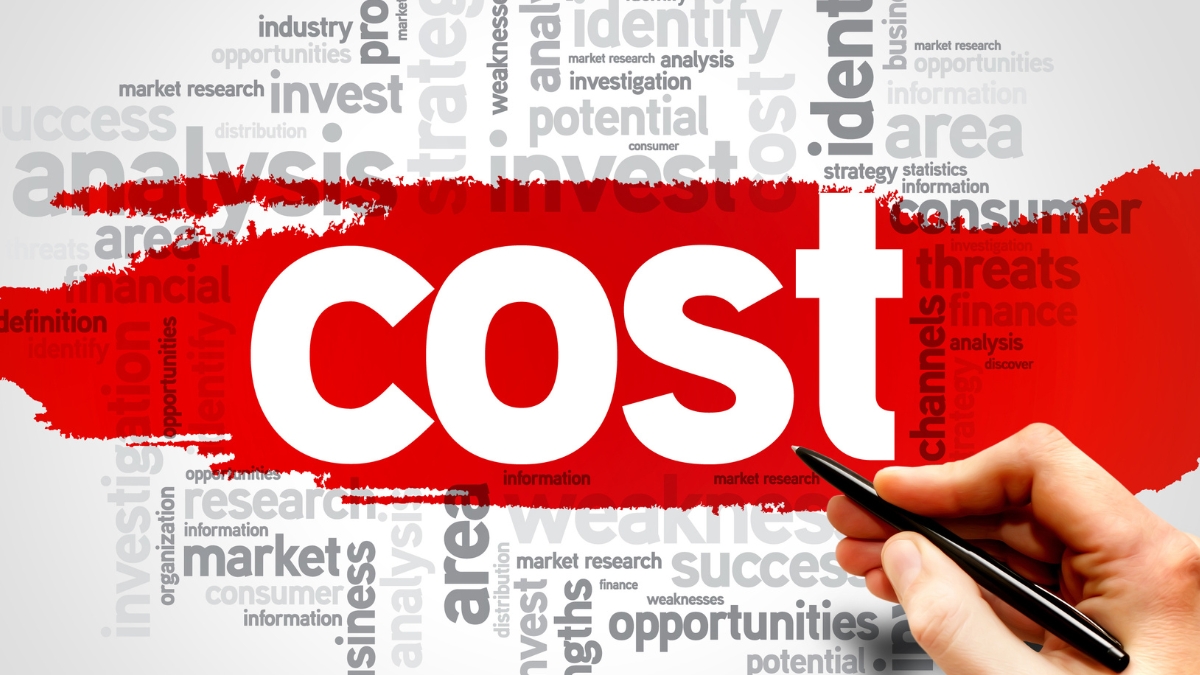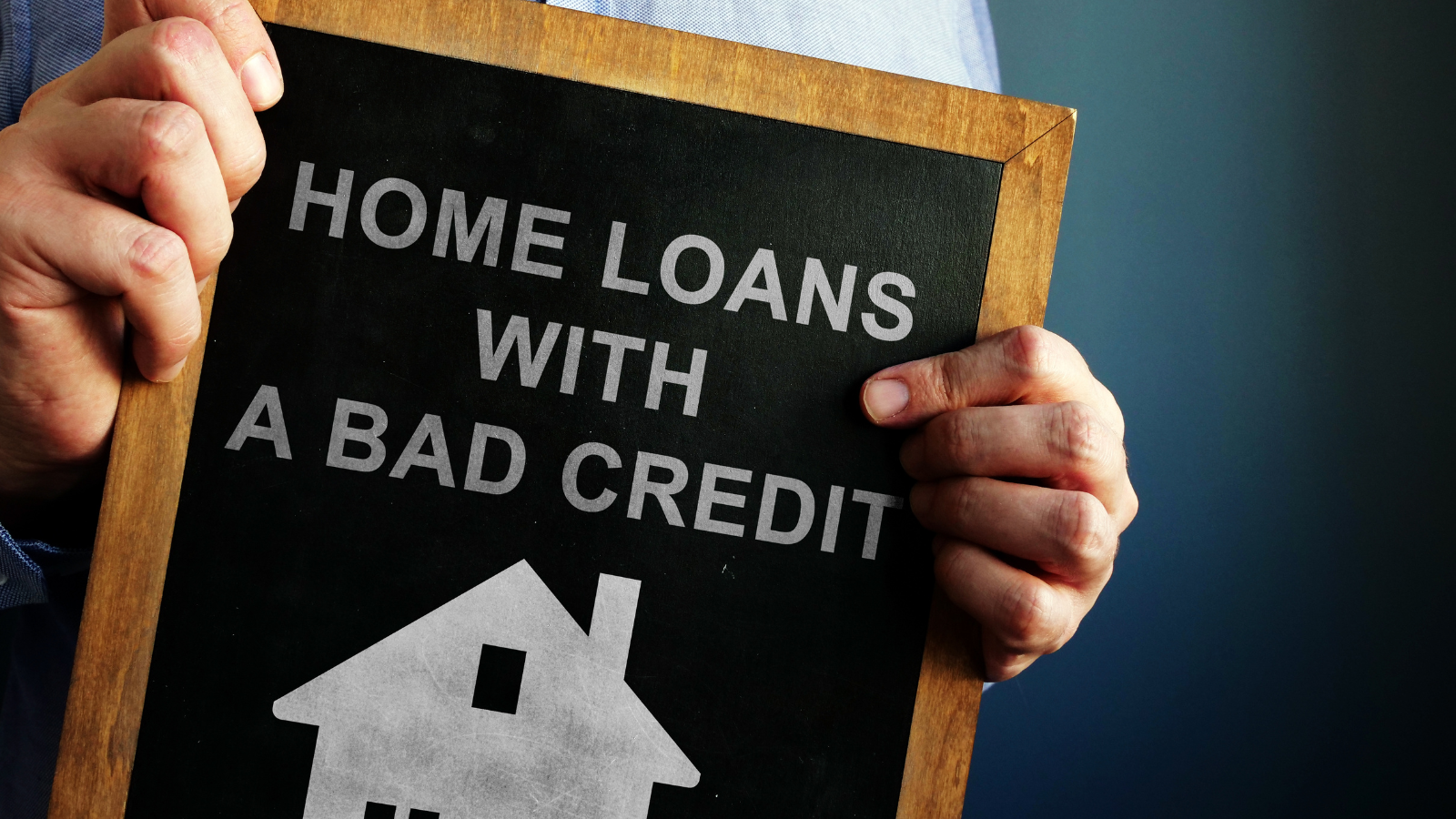
A refinance is an important part of the mortgage process. You will hear us say it a lot and you will likely see many more blogs about it in the future.
In simple terms, a mortgage refinance is a new mortgage on your home. It involves paying out your existing mortgage, with a new mortgage. This new mortgage can be with your existing lender, as a no penalty, no break, ‘increase and blend’ with the existing balance. Or the mortgage can be totally moved to a different lender.
There are many reasons why it could be a good idea to apply for mortgage refinancing, but below is a list of very common reasons:
- You are planning to renovate your house
- You are thinking about buying a rental or vacation property
- You want to pay for your child’s education fund
- You are thinking about entering a new business venture, but do not have the capital to proceed.
- Refinancing your home is a strategy to consolidate all your debts
- Interest rates have dropped to the point that refinancing your home can lower your borrowing costs.
When you are restarting your mortgage, you will have some options:
Fixed-rate mortgage: You will pay the same monthly payments and interest rate for the duration of the mortgage term.
Variable-rate mortgage: Your monthly payments and the interest rate of your mortgage will fluctuate depending on market conditions.
Hybrid or combined rate mortgage: Terms may include fixed and adjustable rates.
As we discussed recently in the FAQs about home refinancing, Mortgage refinancing may offer lower interest rates but entering into this type of agreement is ONLY beneficial or advantageous to the borrower under certain circumstances. Therefore, you must do some research about the current value of your property as well as what the market rates in your region are. If the present situation is close to ideal and the projected state of the market in the foreseeable future is relatively stable, then it’s the right time to apply for a loan.
Mortgage Refinance Example:
- Let’s assume your home is worth $1,000,000.
- 80% of the value of $1,000,000 is $800,000 – so this $800,000 is the maximum amount of mortgage we can usually put on the home. But you could certainly go for less.
- Let’s assume the current balance owing on your mortgage is $300,000.
- We subtract the amount of the EXISTING mortgage ($300,000) from the NEW mortgage (in this case the $800,000 maximum): $800,000 – $300,000 = $500,000.
- This $500,000 is the MAXIMUM amount we have to work with after your existing mortgage, in this example, has been paid off.
- This $500,000 surplus can be used however you’d like: If there is $50,000 in debt, this could be paid out at the lower refi rate, and you’d still have $450,000 leftover. You could renovate your home, invest, pay for education or pretty much anything else.
The numbers used above are for example purposes only, and are very general in nature. Again, you certainly would NOT need to refinance the maximum 80% amount of the value of the home, if this much new mortgage is not required. If no additional equity is needed, you may just want your existing mortgage but at a lower rate – which is called an early renewal.
Lastly, it is important to understand that there is a penalty to break the existing mortgage and refinance into a new mortgage. The penalty will be either 3 Months Interest Cost (if you have a variable rate) or an Interest Rate Differential (if you have a fixed rate). It’s always best to reach out to your current lender to confirm this penalty and factor that into the refinance calculations to assess its worthiness.
We recommend reaching out to us if you have any additional questions on refinancing. Above we listed the most common reasons to apply for a mortgage refinance, but there are other reasons on top of that.



